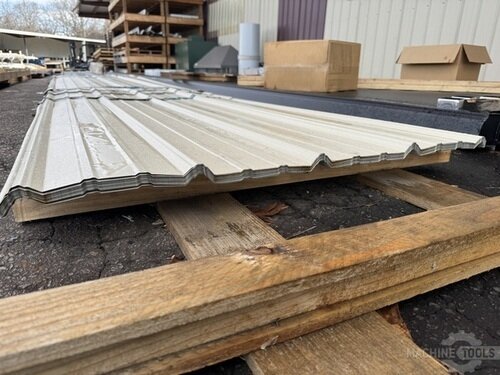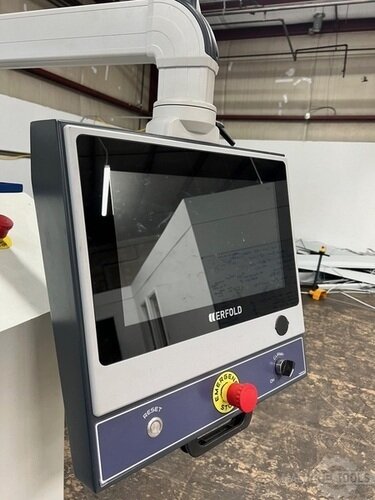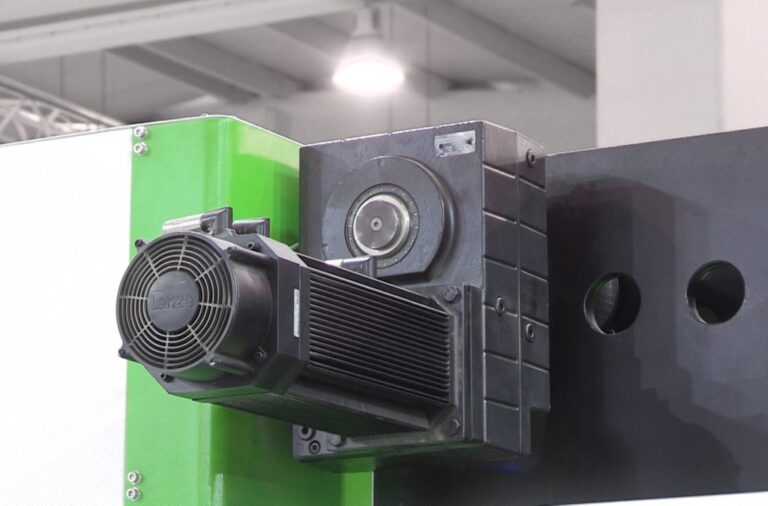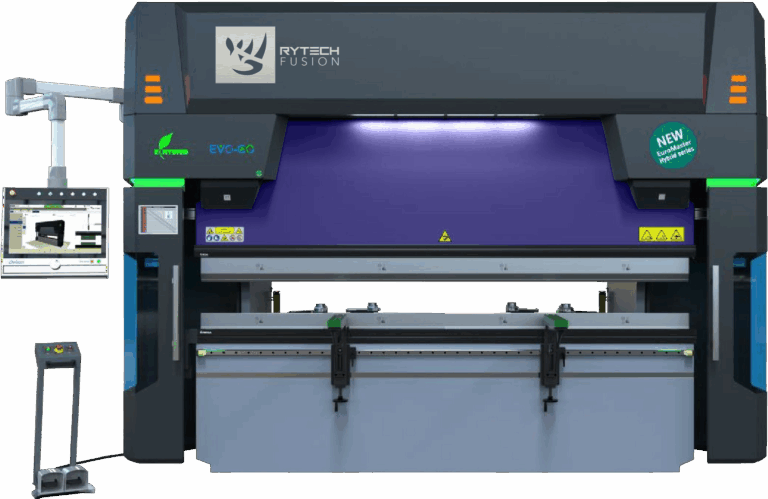Patrick (Pat) O’Neill here. My journey started in southern Chicago, where I learned the value of grit, trust, and follow-through from the shop floor up. Today, as National Product Manager and Regional Sales Executive at Mac-Tech, I spend every day helping roofing and metal fabrication businesses identify, compare, and implement the right equipment upgrades—whether they’re looking for folders, shears, slitters, decoilers, downspout roll formers, panel benders, or a full line solution. My focus has always been on customer-first partnerships: listening to your production pain points, understanding your workflow, and recommending solutions that deliver real, measurable results.
Drawing on Experience: How the Right Decoiler Transforms Coil-Fed Production Efficiency
In coil-fed operations, the decoiler is often the unsung hero. It’s the first touchpoint for every coil and a critical determinant of line efficiency, uptime, and finished part quality. Over the years, I’ve seen how a mismatched decoiler can bottleneck even the best slitting or cut-to-length line—causing jams, misfeeds, or excessive operator intervention. Conversely, the right decoiler, properly sized and matched to your line’s speed and material specs, can transform throughput, reduce scrap, and free up your crew for higher-value tasks.
My approach is to start with a hands-on assessment of your current line: coil sizes, material types, line speed, and downstream requirements. Whether you’re running 26-gauge for residential roofing panels or heavier 11-gauge for structural components, the right decoiler ensures smooth, consistent payout—minimizing downtime and maximizing every dollar invested in your equipment.
STEFA FOLDING MACHINE VH
Aligning Decoiler Selection with Fabrication Needs: Slitting, Forming, and Folding Considerations
Every fabrication process—slitting, forming, folding—places unique demands on the decoiler. For slitting lines, tension control and precise alignment are paramount to achieve clean, burr-free cuts and minimize edge trim waste. In cut-to-length or roll forming applications, the decoiler must match acceleration and deceleration cycles to avoid material buckling or stretching.
At Mac-Tech, we walk customers through key considerations:
- Slitting applications: Recommend powered decoilers with loop control for high-speed lines, ensuring steady feed and reduced operator involvement.
- Forming and folding: For panel benders or folders, we look for decoilers with smooth braking and variable speed drives, preventing sudden surges that can throw off tight tolerances.
- Material handling: Evaluate options like hydraulic expansion mandrels, motorized vs. manual adjustment, and integration with coil cars or peeler tables to streamline changeovers.
Matching these features to your shop’s workflow means fewer headaches, less rework, and better overall product quality.
Evaluating Key Performance Metrics: Load Capacity, Speed, and Precision for Waste Reduction
Selecting the right decoiler means looking beyond just weight capacity. I always advise customers to consider:
- Load capacity: Not just max coil weight, but the full range of coil widths and ODs you’ll process. Oversized or undersized decoilers both create problems.
- Payout speed: Should match or exceed your fastest downstream process. A slow decoiler chokes your line; an uncontrolled one risks snags or safety issues.
- Precision controls: Features like electronic loop sensors, programmable tension brakes, and remote jog functions minimize material waste and ensure each blank or slit coil meets spec.
We routinely compare multiple manufacturers and models side-by-side, using real production data to model throughput and scrap rates. This data-driven approach helps customers see the clear ROI of a well-matched decoiler—often reducing waste by 3–5% and boosting line speed by 10–20%.
Upgrading for Success: Guiding Customers Toward High-Performance Decoiler Solutions
Upgrading your decoiler isn’t just about new hardware—it’s about futureproofing your operation. I guide customers through the full process:
- Audit current production: Identify bottlenecks, material handling challenges, and labor pain points.
- Demo & comparison: Arrange live demos, video walkthroughs, or side-by-side comparisons of leading decoilers.
- Integration planning: Ensure compatibility with existing slitters, folders, roll formers, and automation systems.
- Training & support: Provide on-site training and remote troubleshooting, keeping your team confident and productive.
Whether you’re upgrading a single machine or rethinking your entire coil line, my goal is to make the transition seamless—and to recommend equipment that grows with you as your product mix and volume evolve.
Maximizing ROI: Real-World Efficiency Gains from Expert-Led Decoiler Implementation
The numbers speak for themselves. Customers I’ve worked with have seen:
- Labor savings: Automation features reduce manual coil handling, freeing up skilled operators for other tasks.
- Tighter tolerances: Improved payout consistency minimizes off-spec parts and costly rework.
- Throughput gains: Upgraded decoilers have pushed some lines from 60 to 90 feet per minute, directly increasing daily output.
- Safety improvements: Modern safety interlocks, light curtains, and remote controls reduce risk during coil changes and setup.
By focusing on the right mix of performance, reliability, and support, we help you maximize every dollar invested—not just in your decoiler, but across your entire fabrication process.
Frequently Asked Questions
When is the right time to upgrade a roll former or folder?
If you’re experiencing frequent downtime, struggling to maintain tolerances, or seeing labor costs climb due to manual adjustments, it’s time to evaluate an upgrade. Newer machines offer better automation, faster setups, and lower cost per part.
How do servo-driven folders compare to hydraulic systems?
Servo-driven folders provide faster cycle times, greater repeatability, and reduced maintenance. They’re ideal for shops prioritizing precision and flexibility, especially with variable batch sizes.
What’s the difference between a combi-beam and double folder?
A combi-beam folder uses interchangeable tooling for different bends, while a double folder can form complex profiles in a single pass. The right choice depends on your product mix and required throughput.
What are signs a roll forming line is no longer cost-effective?
Increasing scrap rates, excessive manual intervention, and rising downtime are key indicators. If your line can’t keep up with demand or quality standards, an upgrade will often pay for itself quickly.
Can I integrate a new decoiler with my existing line, or do I need a full system replacement?
Most modern decoilers can be integrated with existing lines, but it’s important to evaluate compatibility with your current controls, safety systems, and material specs. I always recommend a site visit or virtual walkthrough before making a recommendation.
What automation features should I look for in a new decoiler?
Look for electronic loop control, automatic tension adjustment, and remote operation capabilities. These features minimize manual intervention, speed up coil changes, and boost overall safety.
Ready to see how the right decoiler can unlock new levels of efficiency and profitability in your operation? I’m here to help you compare options, schedule a demo, or walk through your current line—no pressure, just practical advice. Call me directly at 414-232-7929 or email pat@mac-tech.com to get started.
Get Weekly Mac-Tech News & Updates








